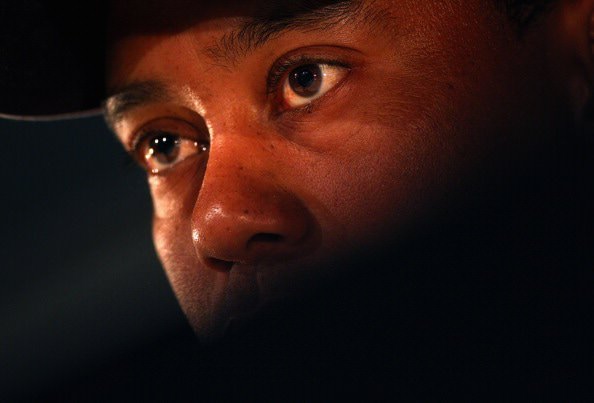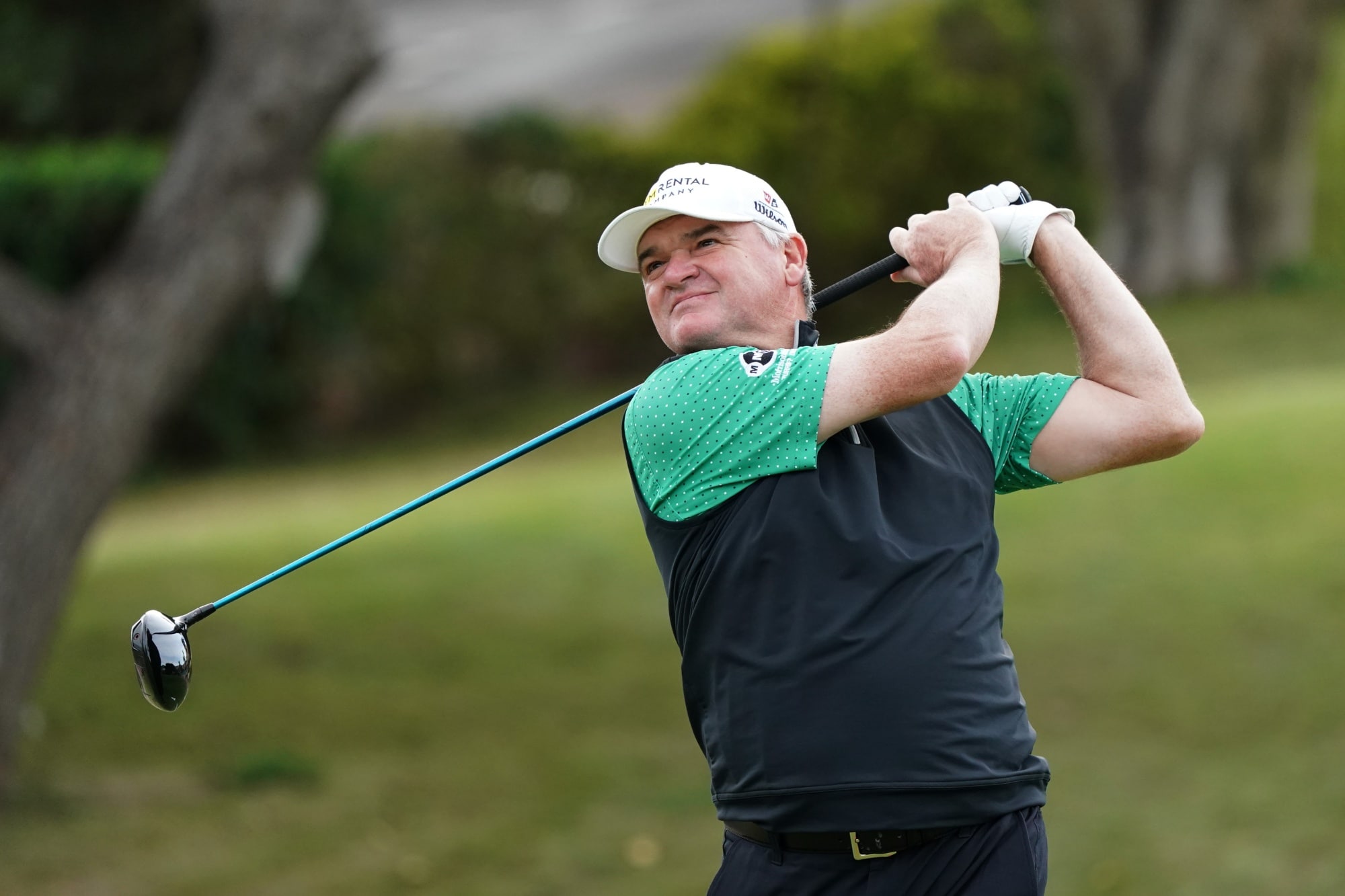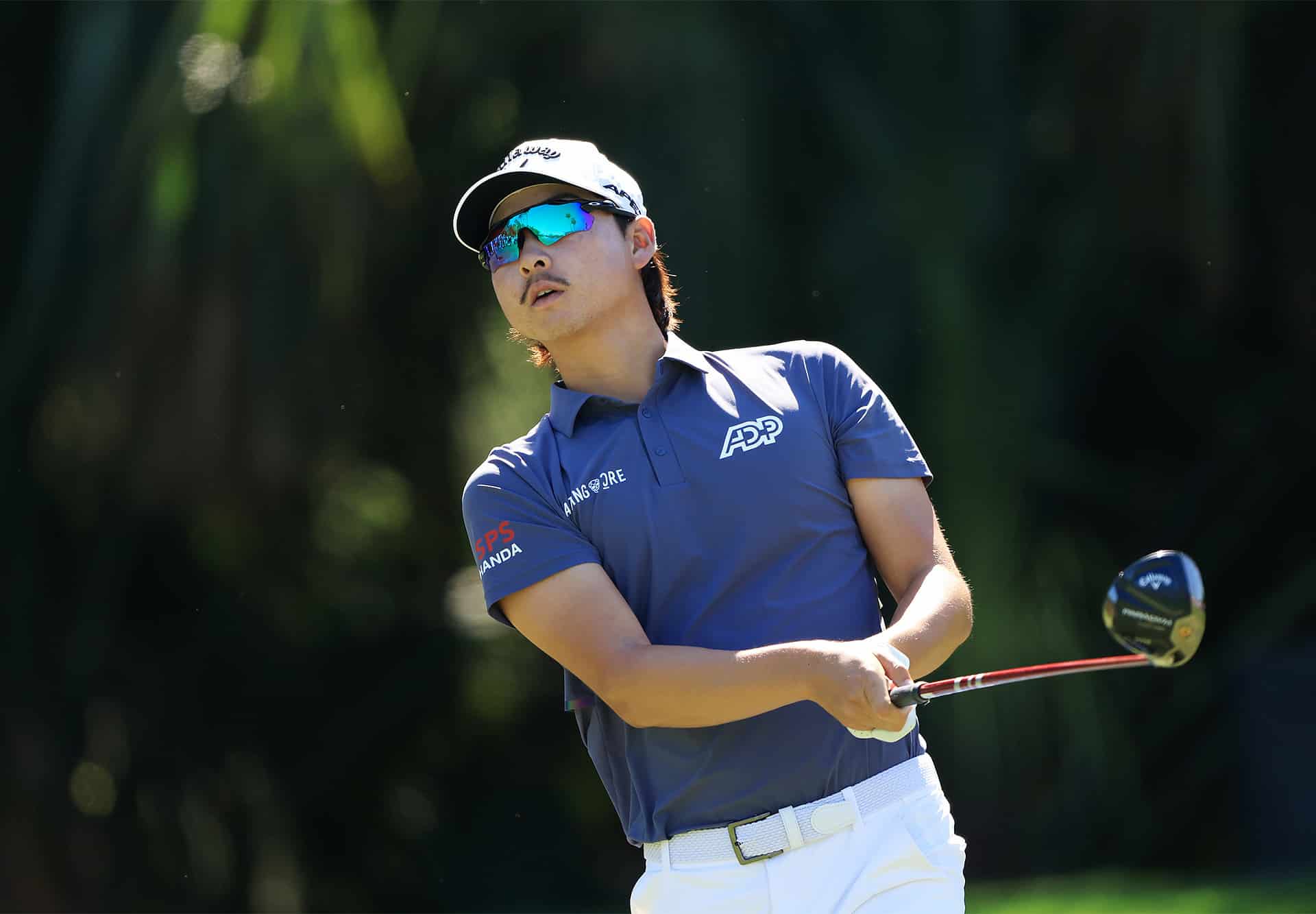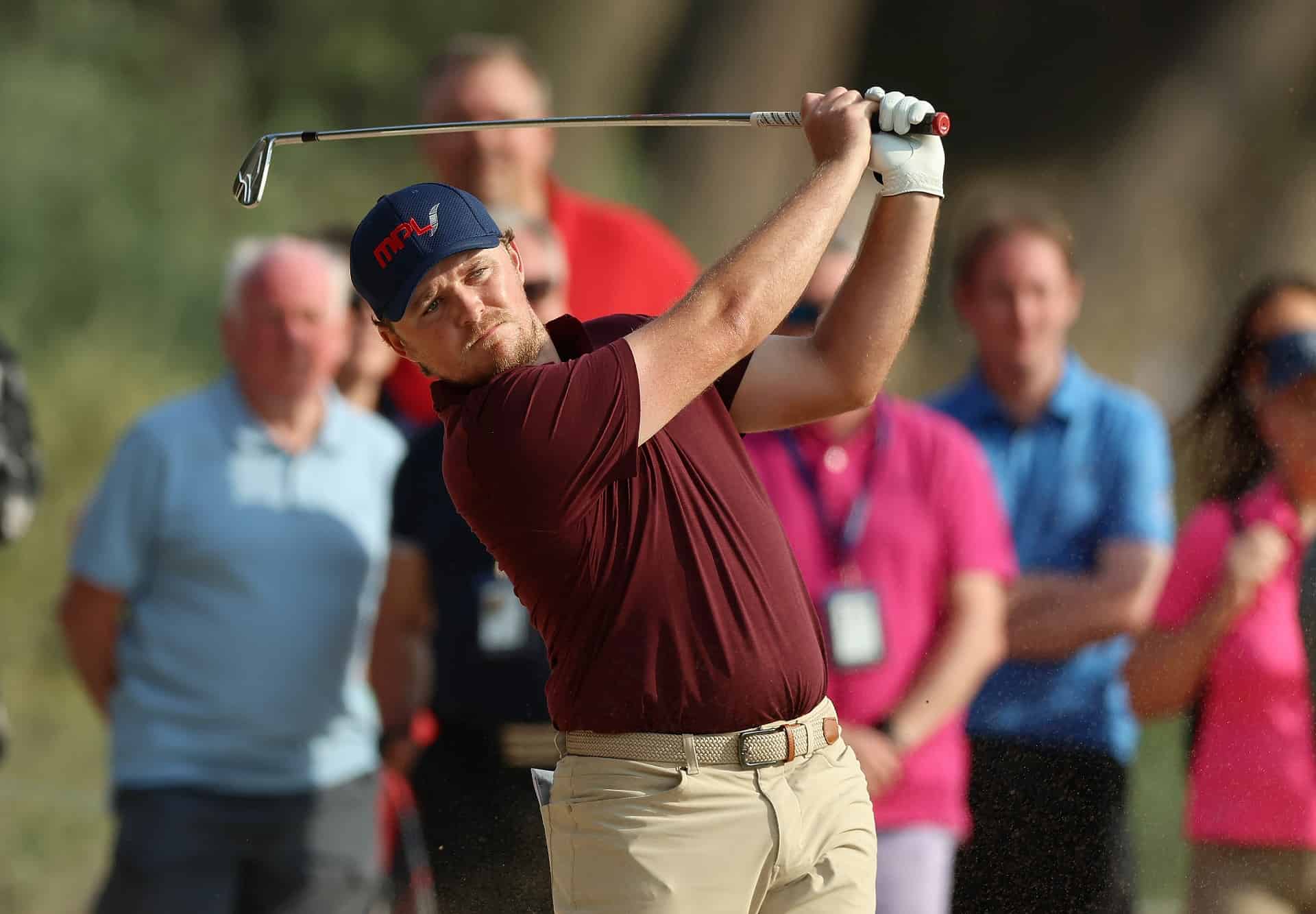
What lessons can we learn from Tiger Woods’ arrest?
The game of golf and America’s opioid epidemic may seem worlds apart, but the cause of Tiger Woods’ arrest might tell a different story.
Are there lessons we can learn from Tiger’s pain?
The increasing prevalence in the US of chronic pain and opioid abuse has been described as an epidemic; the worst drug crisis in American history. The opioid epidemic has its roots in an explosive growth of prescription painkillers with the number of opioid prescriptions, brand names like Vicodin, Oxycontin, and Percocet, increasing from 76 million to 219 million between 1991 and 2011.
Prescription opioids act on the same brain systems affected by heroin and morphine, and can cause abuse, addiction and dependency. Dangerous adverse reactions can occur by not taking them exactly as prescribed, such as, taking more pills at once, taking them more frequently or combining them with other medications causing serious interactions. It is even possible for a small number of people to become addicted even when they take them as prescribed. Opioids can cause physical and psychological dependency after even a short period of exposure to the drugs.
The bulk of American patients who need relief from persistent, moderate-to-severe (non-cancer) pain have back pain conditions (approximately 38 million), or osteoarthritis (approximately 17 million). Even if a small percentage of this group develops problems with prescribed opioids, a large number of people could be affected.
Tiger Woods’ pain and misery has been very publicly documented. In 2009, Woods’ life as the world’s greatest golfer began to crumble on a night when he was reported to have taken Ambien, a prescription drug to help sleep, and the opioid painkiller Vicodin. Vicodin, the brand name for a painkiller that combines the opiate hydrocodone with the over-the-counter pain reliever acetaminophen (or Tylenol), is a Schedule II substance due to its high potential for addiction. It is perhaps of no coincidence this followed Woods’ ACL surgery.
According to the US Centers for Disease Control and Prevention, more than a third of people who undergo surgery get an opioid prescription. Recent Studies reveal pain medication prescriptions written for surgery are a major cause of new chronic opioid use for millions of Americans each year. Findings show 5 to 6 percent of patients not using opioids prior to surgery continued to fill prescriptions for opioids long after what would be considered normal recovery.
In May 2017, following his most recent of four back surgeries, Tiger Woods was found asleep at the wheel of his Mercedes-Benz in Jupiter, Florida. He was arrested on a suspected DUI but according to Woods, the actual cause of his confused state was a combination of prescription drugs he was taking for his various back surgeries.
The police report, (misspelling the names of some of the drugs), said Woods was taking “Soloxex,” “Torix,” “Viox” and Vicodin. Vicodin, was the painkiller he was reported to have taken in 2009, the Schedule II substance with a high potential for addiction. Torix, or Turox, is a brand name for another pain and swelling-relief drug and is illegal in the US. Vioxx, a brand name drug that Woods indicated he had not taken within the past year, was discontinued in 2004 after being linked to heart issues. Only Woods really knows if he has a serious problem with prescription drug addiction or dependency, but the number of drugs Woods was reportedly taking and the occurrence of two prescription drug-related incidents raises major concerns.
There is no denying over the course of his career, like many professional golfers, Woods has struggled with pain. However, pain is not exclusive to the professional golfer and amongst the 24 million amateur golfers in the US, studies have shown that back pain, in particular lower back pain, accounts for between 18% and 54% of all documented ailments amongst golfers, leading many researchers to regard the condition as the most common golf injury. In light of this, is it time to address the issue of pain management and the amateur golfer?
In February 2017, the American College of Physicians published updated guidelines and new recommendations for the treatment of most people with lower back pain. They changed previous guidelines which called for medication as first-line therapy. The new guidelines said doctors should avoid prescribing opioid painkillers for relief of back pain and suggested that before patients try anti-inflammatories or muscle relaxants, they should try alternative therapies like exercise, acupuncture, massage therapy or yoga.
Acutely aware that opioid addiction or dependency often begins with a simple prescription for something like back pain, many Physicians are starting to recommend looking at therapies that are nonpharmacological first, even for those with chronic back pain.
Dr. Rick Deyo, a spine researcher and professor at the Oregon Health and Science University in Portland, Oregon, and an author of the new guidelines says for most of the people with acute back pain, defined as present for four weeks or less that does not radiate down the leg, says there is no need to see a doctor at all.
“For acute back pain, the analogy is to the common cold. It is very common and very annoying when it happens. But most of the time it will not result in anything major or serious.”
Practitioners are now recommending patients have to stay active and wait it out. So, back pain we are told, has a natural course and does not require intervention. Well worth giving it a shot!

Woods pleads guilty to reckless driving
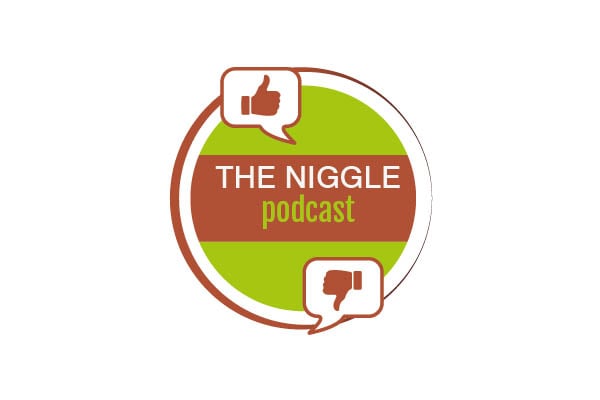
The Niggle Podcast: Episode 28 – Sadness setting in for Tiger plight
